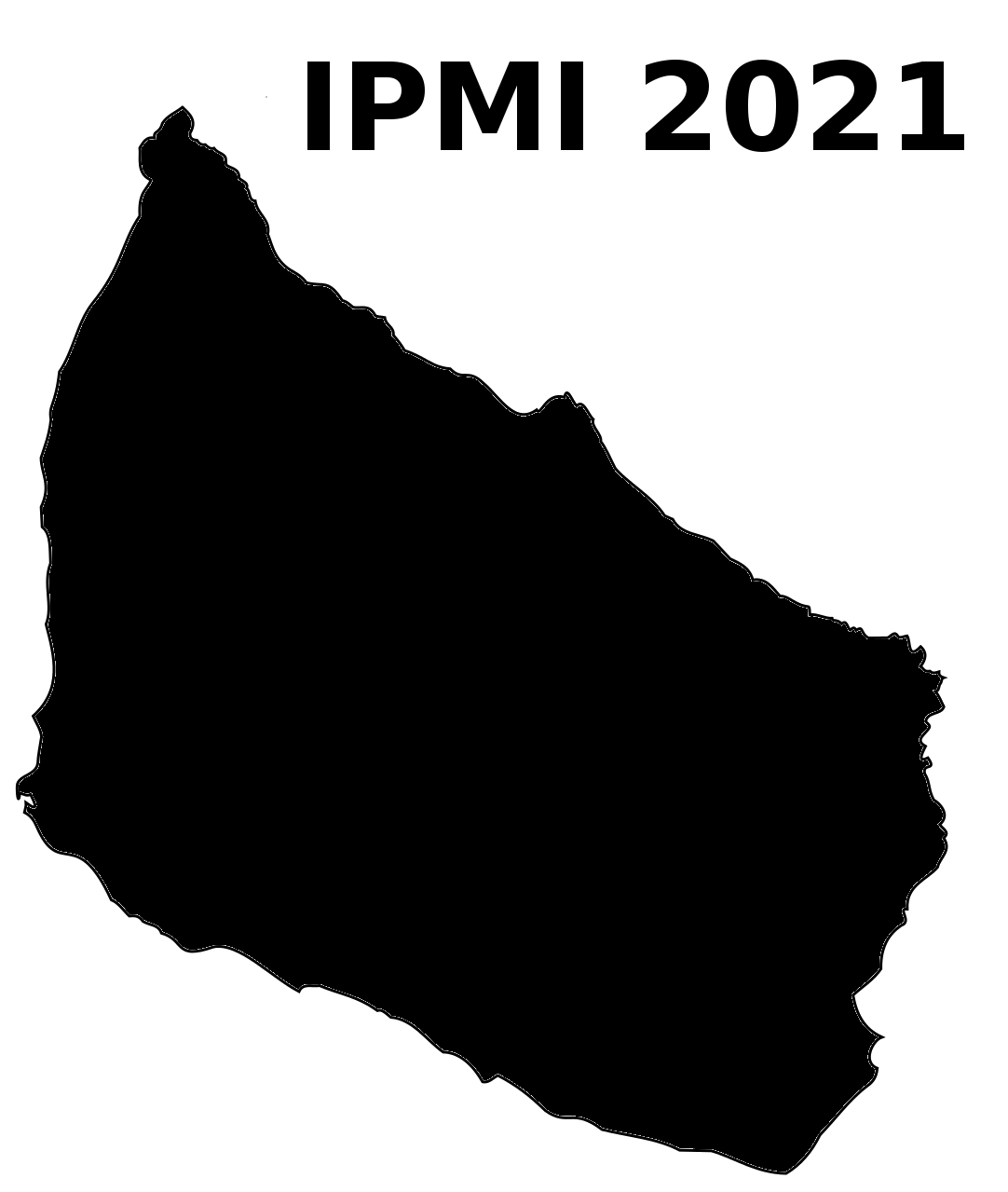Authors: Xin Ma (The University of Texas at Arlington)*; Guorong Wu (University of North Carolina); Seong Jae Hwang (University of Pittsburgh); Won Hwa Kim (POSTECH)
Abstract: Tremendous recent literature show that associations between different brain regions, i.e., brain connectivity, provide early symptoms of neurological disorders. Despite significant efforts made for graph neural network (GNN) techniques, their focus on graph nodes makes the state-of-the-art GNN methods not suitable for classifying brain connectivity as graphs where the objective is to characterize disease-relevant network dysfunction patterns on graph links. To address this issue, we propose Multi-resolution Edge Network (MENET) to detect disease-specific connectomic benchmarks with high discrimination power across diagnostic categories. The core of MENET is a novel graph edge-wise transform that we propose, which allows us to capture multi-resolution “connectomic” features. Using a rich set of the connectomic features, we devise a graph learning framework to jointly select discriminative edges and assign diagnostic labels for graphs. Experiments on two real datasets show that MENET accurately predicts diagnostic labels and identify brain connectivities highly associated with neurological disorders such as Alzheimer’s Disease and Attention-Deficit/Hyperactivity Disorder.
